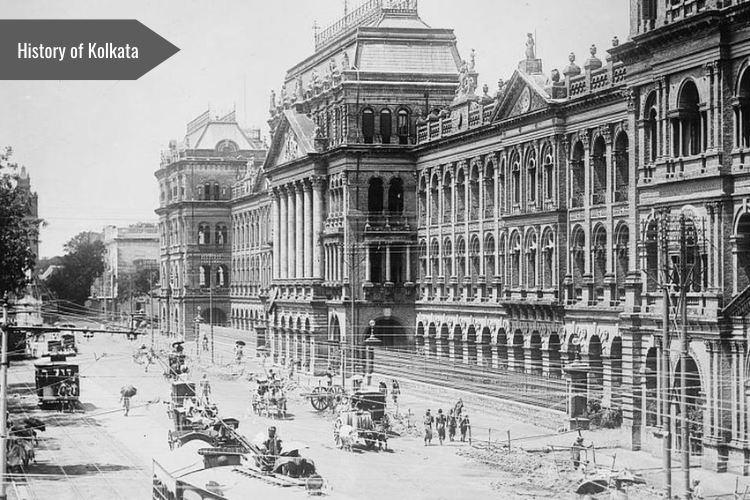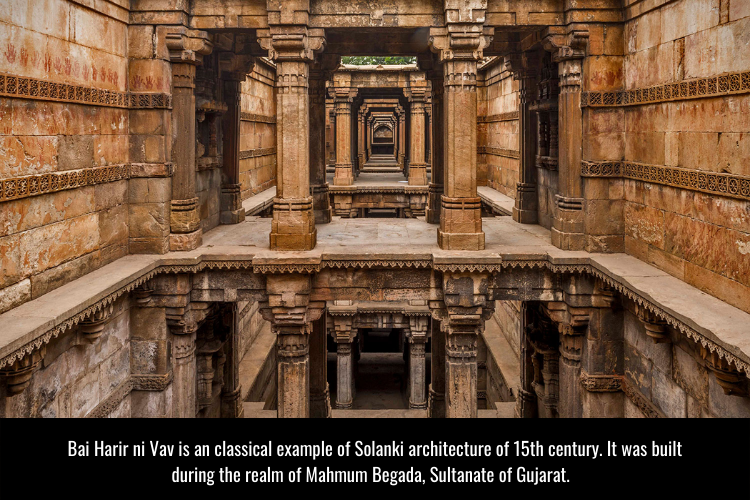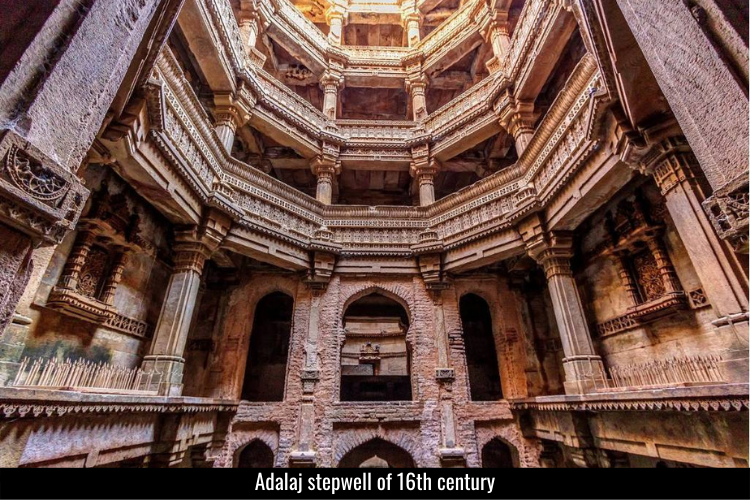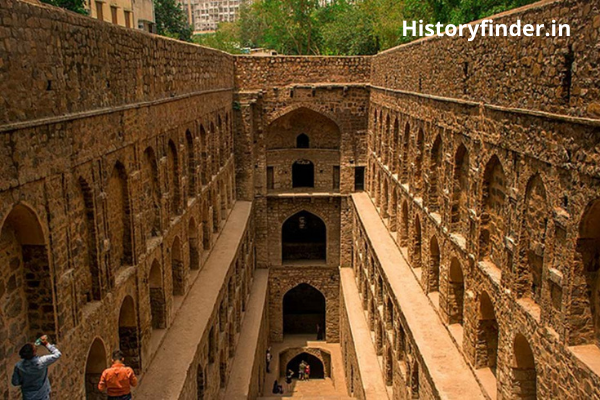Kolkata is the present day capital of Indian state West Bengal and among the few metro cities of India. The city is also famous as the ‘city of joy’. Situated at the eastern bank of river Hooghly, Kolkata is also India’s one of the largest cities. History of Kolkata dates back to the rule of Mughals before the British renamed the city as Calcutta.
The name Kolkata also has gone through several transformations from the history of its origin. Kolkata was known as Kolikata or Kalikata before the British developed the city and named as Calcutta.
Origin of the name Kalikata (Kolikata)
There are several theories that explains about the origin of the name Kalikata or Calcutta.
One theory mentions the name was derived from Hindu goddess Kali. According to this theory, the original name of the place was ‘Kalikshetra’ or the land of Kali. However, many people disagree to this theory.
Another theory states that the name Kalikata was a combination of two words Kali and kata. Kali means lime and kata denotes to burnt shell. Many experts believe, the region may have got the name since it had many shell-lime manufacturing units then.
Kolkata before British rule
There is not much historical record of Kolkata before the British traders settled in Bengal.
However, the existence of Kolkata is definitely visible in 15th century history. Bengali poet Bipradas of 15th century, had mentioned about Kalikata in his Manasa Mangal kavya (poem).
The rent rolls of Mughal emperor Akbar (1556–1605) also had mentions about Kalikata.
Trade set up in Bengal by East India Company (EIC)
History of Kolkata is formally noticeable rather documented after the British settlement in Bengal. However, it was never an easy job for the British EIC to build their factories and set up trade in former Calcutta.
British East India Company (EIC) agents made several attempts to set up trade at various places of Bengal and Bihar. Records suggest EIC agents even visited during period of Ibrahim Khan (1617-1624), who was Mughal Subahdar for Bengal Subah.
Several documents show how the British were beaten and wiped out from Bengal by forces of Mughal Empire. But they came back again and again to Bengal.
But Mughal emperor Aurangzeb did soon realize the amount of revenue he was loosing from British trades. Also company ships near Visapur, Maharashtra was causing trouble in pilgrimage to Mecca. Aurangzeb accounted these factors and ordered Ibrahim Khan, Governor of Bengal province to allow company to return in Bengal.
Ibrahim Khan asked Job Charnock to return to Bengal. But this time, Charnock refused to return without any written ‘firman’ issued to EIC. However, East India Company had to pay an annual tax of Rupees 3,000 to the Mughals according to the firman.
Foundation of Calcutta
Job Charnock, with Ibrahim Khan’s verbal assurance, arrived at Sutanuti in 1690 with 30 English soldiers. Charnock’s arrival proved a remarkable transformation in the history of Kolkata. The Mughal emperor’s firman took few months and eventually issued in 1691.

The region on the eastern bank of river Bhagirathi-Hugli (secondary branch of river Ganga) seemed perfect for setting up trades for EIC. However, Job Charnock died in 1692. But before he died, all proceeding towards foundation of Kolkata was set up.
British East India Company brought three villages in 1698, from a local landlord Sabarna Chowdhury. The purchase of Sutanuti, Gobindapur and Kalikata was indeed a remarkable transformation in history of present Kolkata. EIC kept developing the three villages and declared the region as Presidency city of Calcutta in 1699.
History of Kolkata: development as a city
After acquisition of land, East India Company started establishing factories very quickly. They also began colonial developments in the new presidency city of Calcutta.
Construction of Fort William
East India Company wanted to construct a fort at Calcutta to protect their factories. But Ibrahim Khan did never accept the request.
In 1695, an Afghan commander Rahim Khan sieged the Hooghly town. Surrounded by enemies, the EIC requested Ibrahim Khan to allow fortification to protect EIC factories. Forced by the situation, Ibrahim Khan finally granted permission to build a fort at Calcutta.

Although the grant of fortification was subject to factory protection only. But his orders did not specify them properly. EIC misused the order and started building the fort immediately with available resources.
The EIC completed the construction of old Fort William by 1696. However, EIC named the fort in 1700 after the British King William III.
Black hole massacre at Old Fort William
In June, 1756, Siraj ud Daulah, the Nawab of Bengal, sieged the fort and the city.
Nawab’s army had put the surviving British soldiers into an 18 feet X 14 feet dark cell on the evening of 20 June 1756. Many soldiers died of extreme suffocation on the same night. On the next morning when the cell was opened, only 23 soldiers out of 146 remained alive.

A lot of disagreements exist on the numbers of soldiers died in that Black hole tragedy of 1656. Some records mention that only 64 prisoners were sent into the Black hole. 21 soldiers could only survive from Black hole massacre of Calcutta.
Siraj also renamed the city as Alinagar, after his maternal grandfather and previous Nawab Alivardi Khan.
Robert Clive arrived in Calcutta with a task to recapture the city and the fort from Siraj’s army. Next year in 1757, he defeated Siraj ud Daulah in the Battle of Plassey. The defeat of Nawab eventually influenced a dramatic turn around in the history of Murshidabad and Bengal. But EIC abandoned the old Fort William and planned to construct a new fort. The construction of New Fort William started in 1758 and completed in 1781.
The headquarters of the Indian Ordnance Factories was also established at New Fort William.
Writers’ Building of Kolkata
In 1772, Calcutta became the capital of British India.
EIC felt the need of consolidating the trading operations in India very soon. For this they needed to have an administrative office for junior clerks. The building got the name Writers’ Building as the clerks were known as writers.

Built in 1777, Writer’s Building had served administrative office and later, secretariat of Bengal province in British India. The building kept expanding until 1947, where 13 more blocks were added to the main block in different phases.
Writers’ Building or ‘Mahakaran’ served as Secretariat for the Government of West Bengal post Independence of India. However, the building has been temporarily discarded in 2013 for necessary renovation works. Hence the secretariat has been temporarily shifted to Nabanna at Howrah.
Transformation of education and social life in Kolkata
The importance of Calcutta enhanced a lot as it turned out to be the first capital of British India. It was only 2nd city of the British Empire then, just after London. Today’s city of joy was also renowned as the city of palaces during 18th century.
This transformation also reflected in education and social lives of 18th century’s Calcutta.
In 1780, the Calcutta General Publisher started printing India’s first newspaper.
Asiatic Society of Bengal
Sir William Jones founded Asiatic Society of Bengal by in 1784. The society and sir Jones started working very closely with many Indian scholars on various Indo-European languages. Hindu Pandits of Kalighat also worked very closely with the society.
As a result, western cultures started merging with Indian Hindu cultures. It gave a massive boost to Calcutta’s intellectual life.
Indian Museum Kolkata
In 1814, the Asiatic Society of Kolkata founded the Indian Museum, the largest and oldest museum in history of India. Danish botanist Nathaniel Wallich was the main curator of the museum.
The largest museum of India has a very large collection of rare antiques, armours and ornaments, fossils, skeletons, mummies and Mughal paintings.
Educational developments
As the time progressed, western style institutions started developing in 19th century’s Kolkata.
In 1817, the Hindu College (presently, Presidency College) was established with efforts from Ram Mohan Roy, David Hare and Radhakanta Dev. The primary objective was to educate Hindu students in English and other European literatures.

Sanskrit College of Calcutta, established in 1824, aimed to provide indigenous education to the civil servants. The institution played a major role in Bengal’s educational reformation. For first 27 years, the college did not have any principal and were headed by a secretary only. Pandit Ishwar Chandra Vidyasagar became the first principal of Calcutta Sanskrit College in 1851. The college rose to its prominent height during his principalship.
Kolkata got its first medical college in 1835 when Lord William Bentinck established Calcutta Medical College. The institute became the first English medium institute of India. Calcutta Medical College also was the second medical college of Asia studying Western medicine.
Sati prohibition act of 1829
Sati was probably the most culpable Hindu practice of 18th century. Hindu widows had to sit beside her deceased husband’s funeral pyre and immolate herself.

Raja Ram Mohan Roy raised his voice against the practice of Sati and started his campaigns against it. He also got commendable support from the British Christian evangelists. Finally in 1829, Lord William Bentinck brought the regulation act to declare the practice of Sati as illegal. The act applied across entire jurisdiction of British India as a punishable offence. It brought the much wanted end of practice of Sati in entire India.
Remarriage of Hindu widows
Young Hindu girls of 11-12 years being forced in marrying old men of 60+ years were very common then. As a result, they had to spend majority of their life as windows and suffer many social tortures. Pandit Ishwar Chandra Vidyasagar was the first to marry a Hindu window and help them lead a normal life. He also took a leading role in Hindu widow remarriage campaigns.
Contribution of Kolkata in freedom struggle of India
Calcutta had been the epicenter of India’s initial freedom struggles.
Revolt of 1857
The first freedom movement of India started from Barrackpore military barracks, from the suburbs of Calcutta. A spark ignited by Sepoy Mangal Pandey on 29 March 1857 eventually shook the pillars of the British empire. The unrest had spread many other military camps across British India giving it a grand volume.
Indian National Association
Indian National Association was the first recognized nationalist organization of the British India. Surendra Nath Banerjee and Ananda Mohan Bose founded the Indian National Association in 1876. The association soon became an important forum for Indian nationalists from various parts of the country.
The Association gave the young middle-class community a political platform on a more democratic basis. Surprisingly the association did not include big business leaders or landlords as members but mostly educated young men, lawyers, and journalists.
In 1883, Calcutta held the first all India national conference. It eventually gave birth to the Indian National Congress.
After foundation of Indian National Congress, the association lost its political importance. But the Indian National Association is still credited for initiating an idea to build a forum with leaders from all parts of the country.
Contribution of Calcutta in building Indian National Congress
Sir Umesh Chandra Banerjee became the first native president of Indian National Congress. He was also the first to advocate self-rule by Indians. Sir Surendra Nath Banerjee was another personality who provoked nationalist mindset in late 19th century.
In 1921, Netaji Subhash Chandra Bose joined National Congress under Gandhiji’s leadership. Netaji became president of Congress in 1938.
Other freedom movements of Calcutta
Secret rebel organizations like Jugantar and Anushilan Samiti were active in Bengal during early 20th century. These organizations had used violence in their anti-British movements. Many of Jugantar and Anushilan Samiti members killed, arrested or deported to Andaman cellular Jail by the British.
Sri Aurobindo, Bipin Chandra Pal were the most eminent nationalist leaders in history of early 20th century Kolkata.
Influence of Bankim Chandra’s Vande Mataram song
Vande Mataram, a poem from Bankim Chandra Chatterjee’s Anandamath influenced freedom movements of India. Rabindranath Tagore sang the song in a political context during 1886 session of Indian National Congress. Since then the song became the marching song for all forms of India’s freedom struggle.
Indian nationalist and philosopher Sri Aurobindo referred Vande Mataram as the National Anthem of Bengal. However, the British government had banned the song. National activists whoever defied, either were arrested or beaten.
On 24 January 1950, Vande Mataram became the National Song of India, adopted by Constituent Assembly of India.
Formation of Indian National Army or Azad Hind Fauz
Although the first Indian National Army formed in Japan. But Kolkata still had a very deep link with history of Azad Hind Fauz.
Rash Behari Bose firstly formed Indian National Army or INA on 1 September 1942 in collaboration with Japanese army. In December 1942, the Japanese disbanded the INA post few disagreements with INA commander Mohan Singh. Later in 1943, Subhash Chandra Bose revamped INA with war arrested British Indian soldiers from the battle of Singapore.

Rash Behari Bose handed over the charges of INA to Netaji Subhash Chandra Bose.
Initially, Netaji had so much faith in Gandhiji’s non-violent freedom movements (1921-1939). But in 1939, he left Indian National Congress realizing that World War II was the best time to build military ally with foreign countries to make India free from the British. The British government had house arrested Netaji at his Elgin road residence. However, he managed to escape secretly and reach Berlin, Germany seeking military support from Adolf Hitler.
Arts and literature between 18th and 20th century Kolkata
Kolkata had also been the epicenter of literature between 18th and 20th century’s history of India. The city had given birth to many writers and poets which is marked as Renaissance of Bengal or Bengali Renaissance.
Rabindranath Tagore (1861-1941), a Bengali poet, writer, composer, philosopher and social reformer who reshaped Bengali arts and literature in 19th and 20th century. In 1913, Rabindranath Tagore became the first non-European and also the first lyricist to win Nobel Prize in Literature.

The famous song ‘Jana Gana Mana’ written by Rabindranath Tagore became the National Anthem of India. After freedom of Bangladesh in 1971, his another song ‘Amar Sonar Bangla’ also became the National Anthem of present Bangladesh. Rabindranath Tagore was the first to address Subhash Chandra Bose as Netaji which the entire nation followed thereafter.
Bankim Chandra Chattopadhyay (or, Chatterjee)(1838-1894) was another influential poet, novelist and journalist of late 19th century. His inspiring novels influenced many nationalist activists. Vande Mataram, the present National Song of India belongs to his novel ‘Anandamath’. Bankim Chandra’s sanskritized Bengali novels him as ‘Sahitya Samrat’ or King of Literature.
Swami Vivekananda (1863-1902) dedicated his life in teaching and guiding the youths on social services and character building. His lectures and speeches across had inspired many youths across the world. Many young Indians came forward to serve the nation.
Cultural life of Kolkata
The culture of Kolkata concerns the music, art, museums, festivals, and lifestyle within Kolkata.
Durga Puja, the world famous festival of Kolkata earlier were limited among the rich and royal families of Kolkata. But during mid 19th century Bengal’s favorite festival got its most renowned communal form. Kolkata’s first ‘Sarbojonin Durga Puja’ or ‘Barowari Durga Puja’ happened 1910 off to Balaram Bose ghat of Adi Ganga. Efforts were taken jointly by the locals of Kalighat and Bhawanipore.
The city of Kolkata also had a very long history of commercial theatres. Star Theatre of Batibagan was built in 1883. Later with arrival of group theatres in the decade of 1940s, craze of commercial theatres had dropped a lot.
Group theatres of Kolkata, having no such profit making agenda, mostly focused on highlighting social messages. Hence, they played a key role in social reformation during 20th century’s Kolkata. Nabanna (1944) is considered to be the first among the group theatres ever played in Kolkata.





Pingback: Victoria Memorial Kolkata history and architecture - History Finder
Pingback: Writers' Building Kolkata - History Finder
Pingback: Mysore Palace Karnataka history and architecture - History Finder
Pingback: Red Fort of Delhi history and invasions - History Finder
Pingback: History of Indian Museum Kolkata - History Finder
Pingback: History of Murshidabad: From Glory to Downfall - History Finder
Pingback: Battle of Plassey: Background and result - History Finder